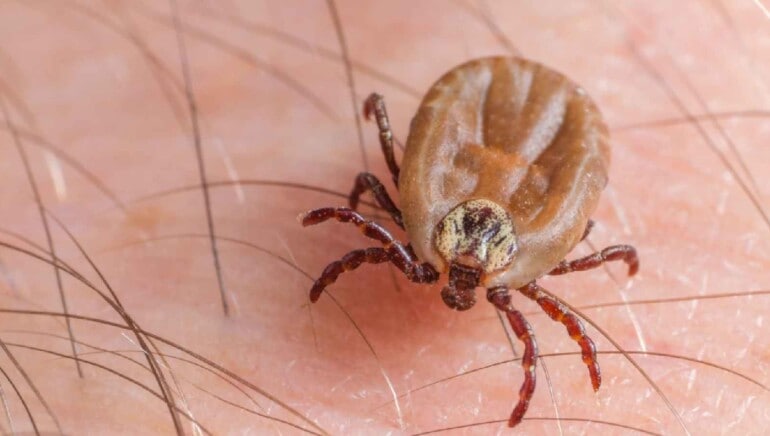What are the symptoms of pubic lice?
Pubic lice, also known as crab lice, cause several symptoms primarily in the genital area, though they can also affect other body hair. Common symptoms include:
- Itching: The most frequent symptom, caused by the lice’s bites and their saliva.
- Red or Blue Spots: These can appear at the site of the bites due to localized irritation.
- Inflammation: The affected skin may become red and inflamed.
- Secondary Infections: Scratching the itchy area can lead to bacterial infections.
- Visible Lice or Eggs: Adult lice and their eggs (nits) may be visible in pubic hair or other affected areas.
In some cases, pubic lice may also cause symptoms in other body hair regions, such as the armpits, chest, abdomen, or even eyelashes and eyebrows.
What are the causes of pubic lice?
Pubic lice, or crab lice, are caused by the parasite Pthirus pubis. The primary cause of an infestation is direct, prolonged contact with infested individuals. The main ways pubic lice are transmitted include:
- Sexual Contact: The most common mode of transmission is through sexual activity with an infected person, as the lice are primarily found in pubic hair.
- Close Personal Contact: Sharing bedding, towels, or clothing with someone who has pubic lice can also spread the infestation.
- Infested Personal Items: In rare cases, lice can be spread through personal items like clothes or bedding that have been in contact with an infested individual.
What is the treatment for pubic lice?
The treatment for pubic lice typically involves several steps:
- Topical Insecticides: Over-the-counter or prescription treatments, such as permethrin lotion (Nix) or pyrethrin-based products (Rid), are commonly used. These products kill lice and their eggs. They should be applied according to the instructions on the package.
- Manual Removal: After using insecticides, fine-toothed combs can be used to remove any remaining lice and nits (eggs) from the hair. This process may need to be repeated every few days for a couple of weeks to ensure all lice and eggs are removed.
- Washing and Cleaning: Wash all infested clothing, bedding, and towels in hot water and dry them on a high heat setting. Items that cannot be washed can be sealed in a plastic bag for at least two weeks to kill the lice.
- Avoiding Sexual Contact: It’s important to avoid sexual contact until the lice are completely treated to prevent spreading the infestation to partners.
- Treatment for Sexual Partners: All sexual partners should be examined and treated if necessary, even if they do not have symptoms, to prevent re-infestation.
- Follow-up: It’s advisable to follow up with a healthcare provider if symptoms persist or if there is concern about the effectiveness of the treatment.

Leave a Reply
You must be logged in to post a comment.